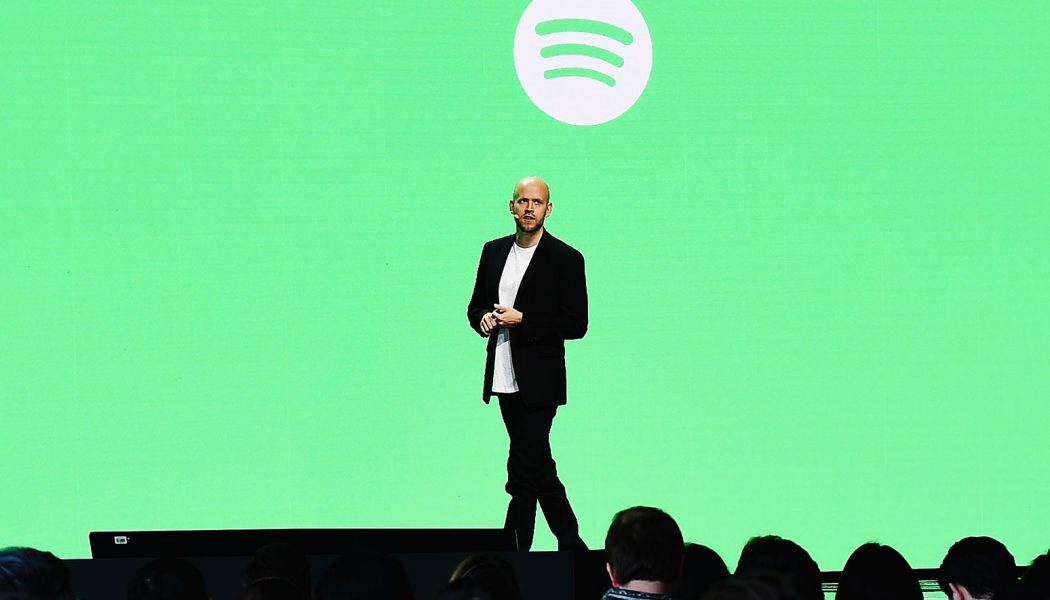
That adjustment followed Spotify’s reported first-quarter monthly active users (MAU) of 356 million, falling on the bottom end of earlier guidance.
There was good news too, though. First-quarter subscriptions were at the high end of guidance, and Spotify did not revise its 2021 guidance for subscribers (172 million to 184 million), suggesting it expects the dip to come from “freemium” listeners. Average revenue per month on those free listeners is 0.35 euros ($0.42), compared to subscribers’ 4.07 euros ($4.94) per month. (Subscribers account for about 90% of the company’s total revenue.)
That MAU adjustment could have a larger financial impact in the future, as Spotify uses its freemium business model to acquire new subscribers. So, fewer free listeners this year means there will be fewer potential subscribers in the future.
Chopping $7.2 billion from Spotify’s market capitalization is an overreaction, according to Brian White at Monness Crespi Hardt. White wrote in a note to investors on Wednesday that he believes Spotify’s fundamentals remain strong and Wednesday’s sell-off is a good buying opportunity. “We have found the market often takes issue with a particular data point during a Spotify earnings call and the stock subsequently plummets,” he said.
How big was investors’ reaction? Compared to the plummet in market capitalization, the financial impact is a drop in the ocean. In simple terms, the revenue loss from a 5 million decrease in free listeners is worth just €20.8 million for all of 2021, or 0.2% of annual revenue, according to Billboard’s estimate.
Of course, many factors could be behind the price drop. MAU growth in Latin America and Southeast Asia has slowed after they were “strong outperformers,” CEO Daniel Ek said in Wednesday’s earnings call. Average revenue per user (ARPU) fell 1% to 4.12 euros ($5.00) per month and has consistently fallen because more subscribers buy family plans, which allow up to six people on one account, and expansion into new markets with lower prices.
ARPU is a messy metric for gauging a subscription service’s performance — Spotify would point out that family plans have lower churn rates, which directly impact a subscriber’s value. Nevertheless, ARPU is a highly visible and closely followed metric.
JP Morgan’s Doug Anmuth is still upbeat about Spotify, especially about opportunities to engage listeners with new services such as Locker Room. Even so, Anmuth dropped his price target from $385 to $330 because of “mixed results” in a note to investors on Wednesday. White, calling MAU concerns “nothing more than noise,” maintained his price target at $380.
Investors have been excited by news of podcast acquisitions and deals for exclusive and original content with the hopes spoken-word audio would improve their margins that stem mostly from music companies’ royalties demands. Spotify’s exclusive licensing with The Joe Rogan Experience, its top podcast in numerous markets, started in December. It rolls out one original podcast series after another, most notably Renegades: Born in the USA with Bruce Springsteen and Barrack Obama, which premiered Feb. 19.
Spotify’s share price began 2021 at $317.42 and rose to $387.44 on Feb. 19 before falling as low as $249.00 on March 30 — a 35.7% tumble in just 39 days.










